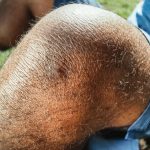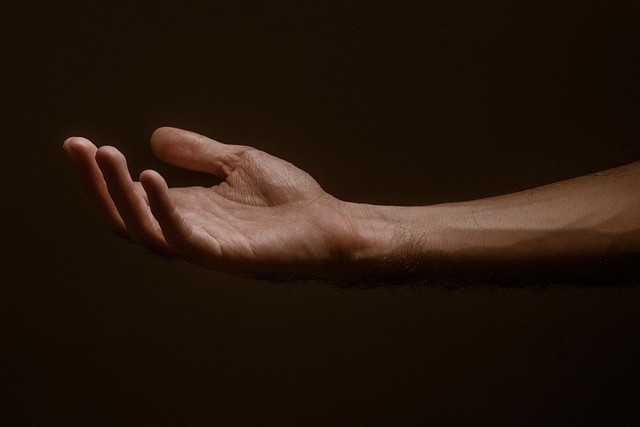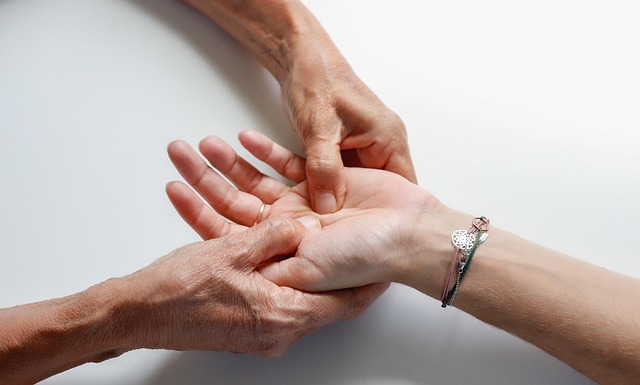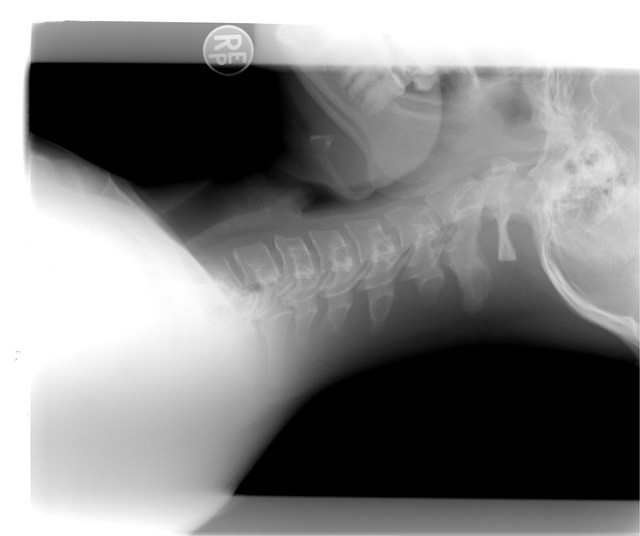A randomized controlled trial suggests that lumbopelvic manipulation could offer significant benefits for athletes suffering from patellofemoral pain syndrome (PFPS). This condition, common among athletes, is characterized by pain around the kneecap and can impair athletic performance. In 2016 the study, led by Alireza Motealleh and colleagues, investigated the immediate effects of lumbopelvic manipulation on the electromyographic (EMG) activity of key muscles around the knee, as well as pain levels and functional performance.
Twenty-eight athletes with PFPS were randomly divided into two groups. One group received lumbopelvic manipulation targeting the side of the knee experiencing pain, while the other received a placebo, or sham, manipulation. EMG activity in the vastus medialis, vastus lateralis, and gluteus medius was measured before and after the intervention, using a rocking-on-heel task to assess muscle activation. Additionally, the researchers tested the athletes’ functional performance through step-down and single-leg hop tests. Pain levels were also recorded using a visual analog scale.
The study found that athletes who received the actual manipulation showed earlier muscle activation and higher EMG amplitude in the vastus medialis and gluteus medius muscles, compared to those in the sham group. Interestingly, the vastus lateralis did not show any significant changes in activation timing between the two groups. Functional performance also improved in the manipulation group, with athletes performing significantly better in the step-down test. Furthermore, these athletes reported less pain during the functional tests compared to those in the sham group. However, no difference was found between groups in the one-leg hop test.
The findings suggest that lumbopelvic manipulation can immediately improve muscle activation and pain in athletes with PFPS. The enhanced activation of the vastus medialis and gluteus medius muscles may help stabilize the knee and reduce pain during movement, leading to better functional outcomes. These results highlight the potential role of lumbopelvic manipulation as part of a rehabilitation protocol for athletes struggling with PFPS.
Further research may be needed to explore long-term effects, but this study provides promising evidence that manual therapy could offer rapid improvements in both pain and performance for athletes suffering from knee pain.
Reference: Motealleh, A., Gheysari, E., Shokri, E., & Sobhani, S. (2016). The immediate effect of lumbopelvic manipulation on EMG of vasti and gluteus medius in athletes with patellofemoral pain syndrome: a randomized controlled trial. Manual therapy, 22, 16-21.




